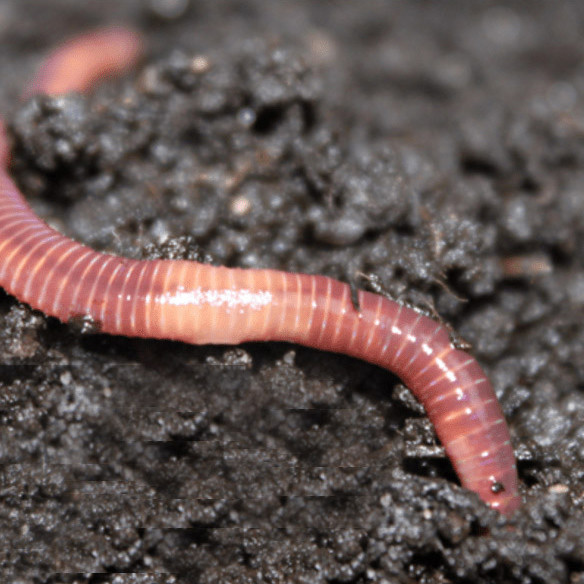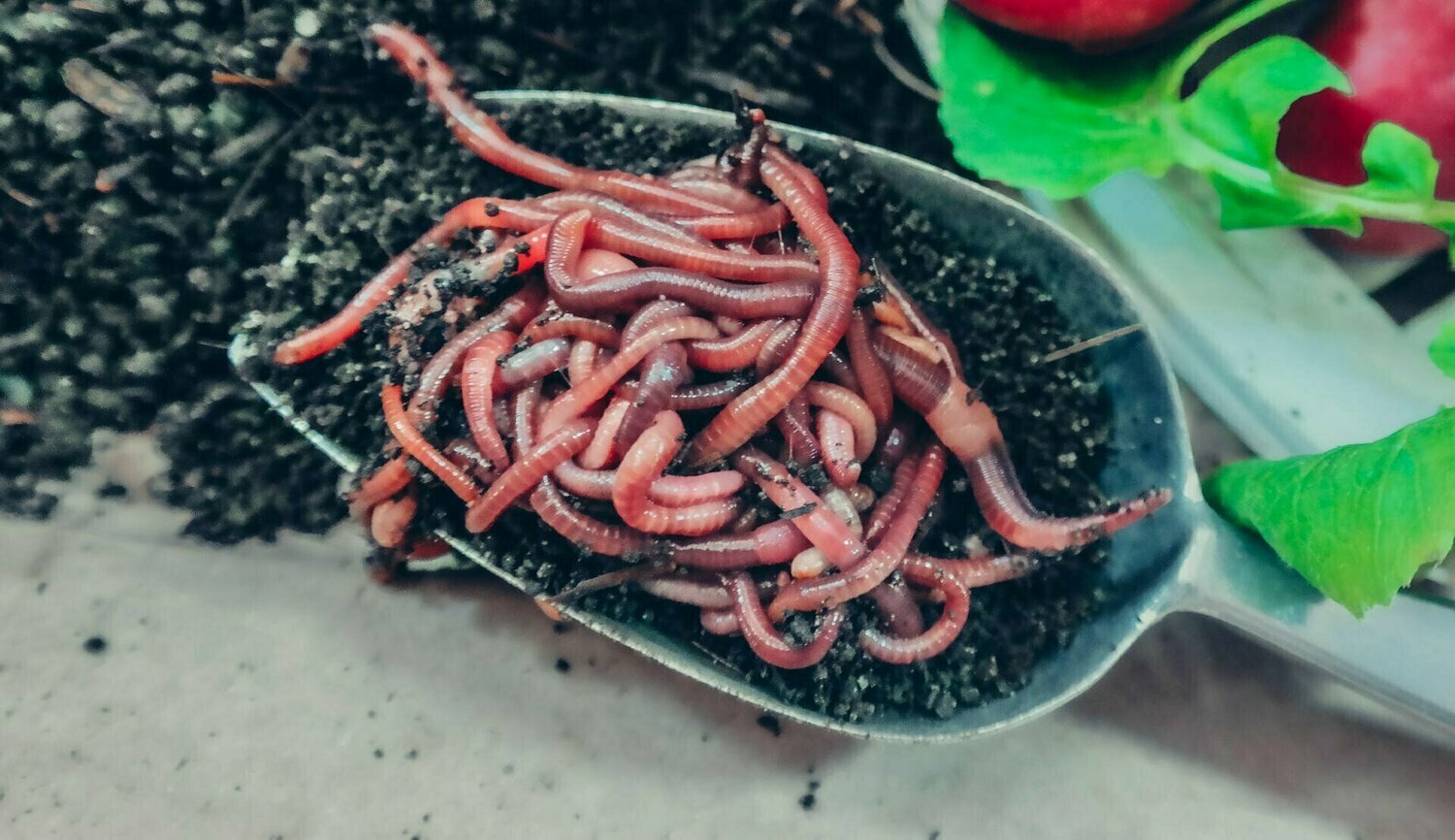Whatever You Need to Know Regarding Red Wigglers for Composting
Red wigglers, or Eisenia fetida, play an essential function in the realm of composting, changing organic waste into useful dirt modifications. The procedure of setting up a worm container and maintaining it can position difficulties.
What Are Red Wigglers?

(Lenoir Worm Farms)
Indigenous to The United States and copyright, red wigglers are surface-dwelling microorganisms that prefer wet, warm environments rich in disintegrating raw material. Their diet plan consists largely of rotting plant product, food scraps, and various other organic debris, which they consume and damage down efficiently. As they absorb this product, they generate nutrient-rich spreadings that improve soil fertility.
Red wigglers are hermaphroditic, having both male and female reproductive organs, and can duplicate promptly under ideal conditions. This capacity makes them a perfect selection for composting systems, as their population can increase swiftly. Their resilience and adaptability to different atmospheres further solidify their relevance in sustainable waste management practices. Generally, red wigglers are crucial factors to the process of recycling organic waste right into important compost.
Advantages of Making Use Of Red Wigglers
Using red wigglers in composting systems provides numerous advantages that improve both the performance of waste administration and the quality of the resulting compost. These worms, scientifically known as Eisenia fetida, are especially efficient at breaking down organic issue, transforming cooking area scraps and yard waste right into nutrient-rich garden compost at a sped up rate.
One of the key benefits of using red wigglers is their capacity to eat huge quantities of organic material, often refining their weight in food waste daily. This high usage price causes faster decomposition and reduces the quantity of waste sent to garbage dumps. The castings produced by red wigglers are rich in necessary nutrients, beneficial bacteria, and enzymes, making them an excellent plant food for gardens and plants.
In addition, red wigglers grow in a variety of environments, making them adaptable for both indoor and outdoor composting systems - red wigglers. Their visibility in a compost bin helps to aerate the product, preventing smells and promoting a healthy and balanced composting process. Generally, utilizing red wigglers not just adds to efficient waste administration but likewise sustains lasting gardening methods with the production of top notch compost
(red worms near me)
Establishing Your Worm Container
To successfully establish a worm bin, it is necessary to pick an appropriate container that meets the needs of red wigglers while giving a conducive setting for composting. A suitable bin can be made from plastic, wood, or steel, with a capacity of a minimum of 1 square foot for every pound of worms.
Ensure the container has appropriate drain holes to avoid excess wetness, as red wigglers flourish in a wet, yet not water logged, atmosphere. red wigglers. The bin should additionally be aerated to give adequate air movement, avoiding anaerobic conditions that can damage the worms
A perfect area for the worm bin is a great, dark location, without direct sunlight and severe temperature levels, as red wigglers prefer a temperature level series of 55 to 77 levels Fahrenheit.
Before presenting the worms, prepare bedding products such as shredded newspaper, cardboard, or coconut coir, which will certainly give both environment and food. Dampen the bed linen lightly to create a welcoming environment for the worms. Finally, consider putting a cover on the bin to maintain humidity and minimize bugs, while ensuring it can be conveniently eliminated for upkeep.
Feeding and Care Standards
Feeding red wigglers is an essential aspect of maintaining a healthy composting system. These worms prosper on a varied diet regimen, largely made up of natural products such as fruit and vegetable scraps, coffee premises, and smashed eggshells. It is necessary to stay clear of feeding them meat, dairy products, and oily foods, as these can develop unpleasant smells and bring in bugs.
When introducing food to your worm container, cut or shred products into smaller sized items to assist in quicker decomposition. Beginning with percentages to assess the worms' usage price, progressively raising the amount as they adjust. It is suggested to alternative feeding areas within the container to motivate thorough blending and oygenation of the compost.

Troubleshooting Common Issues
Keeping a thriving worm composting system can occasionally present difficulties that call for interest and troubleshooting. Common issues consist of an unpleasant smell, which often suggests overfeeding or the visibility of anaerobic problems. To remedy this, lower the quantity of food included and guarantee proper aeration by mixing the bed linen material.
An additional frequent problem is the getaway of worms a knockout post from the container. This can happen as a result of too much dampness or inappropriate environmental conditions. Consistently inspect the moisture levels, intending for a wet however not soggy consistency, and preserve optimum temperature levels between 60-80 ° F(15-27 ° C )to develop a comfortable environment for your red wigglers.
Pests, such as fruit flies, can additionally invade worm bins. red wigglers. To fight this, cover food scraps with a layer of bedding or shredded paper to hinder flies from laying eggs. In addition, guarantee that any food included is fresh and complimentary from mold, which can attract undesirable insects
Lastly, if your worms appear inactive, check for stress elements such as temperature changes or inadequate wetness. Resolving these common problems will assist keep a healthy and efficient worm composting system.
Conclusion
In summary, red wigglers, or Eisenia fetida, play a crucial function in lasting waste administration with vermicomposting. Appropriate arrangement and upkeep of a worm bin, along with adherence to feeding guidelines, ensure a thriving ecosystem that minimizes garbage dump payments.